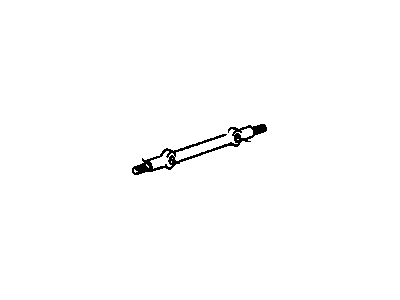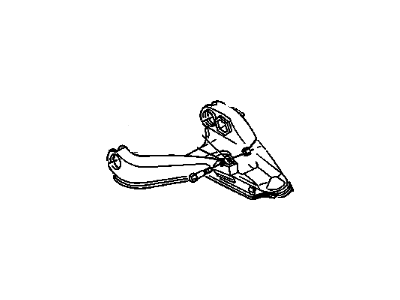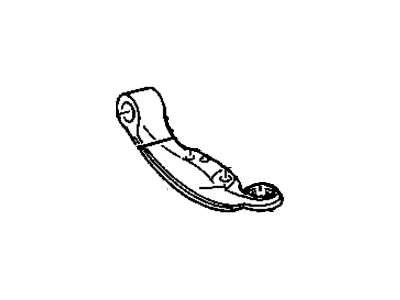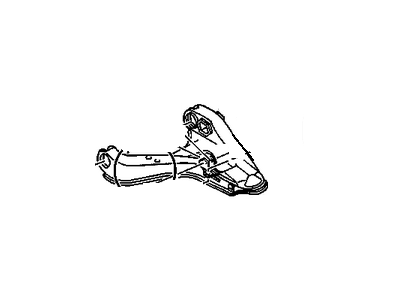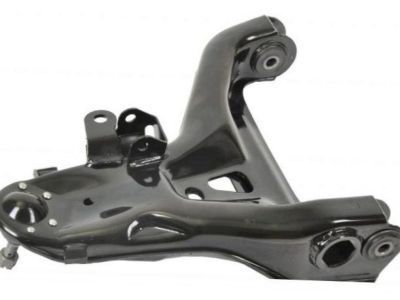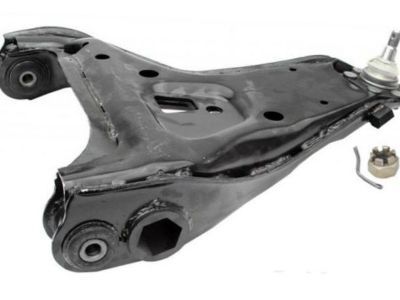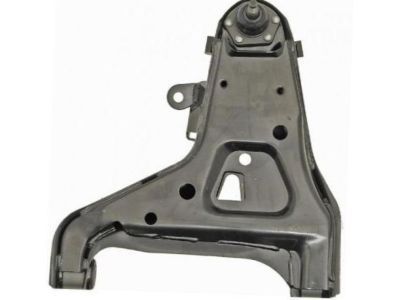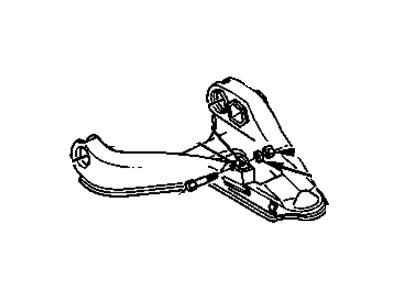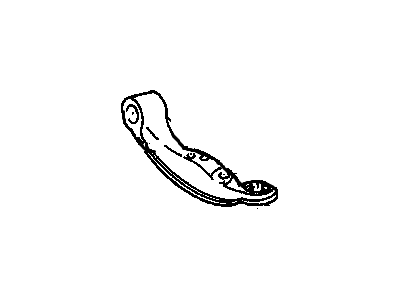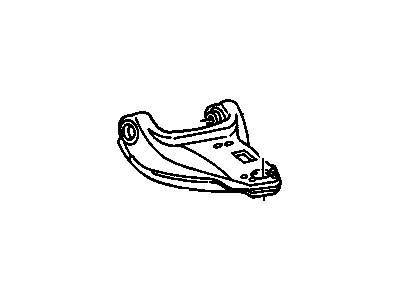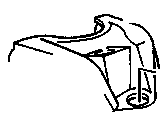
My Garage
My Account
Cart
Genuine Chevrolet S10 Control Arm
Suspension Arm- Select Vehicle by Model
- Select Vehicle by VIN
Select Vehicle by Model
orMake
Model
Year
Select Vehicle by VIN
For the most accurate results, select vehicle by your VIN (Vehicle Identification Number).
23 Control Arms found
Chevrolet S10 ARM KIT,FRT UPR CONT<SEE GUIDE/CONTACT BFO>
Part Number: 19416899$220.70 MSRP: $377.38You Save: $156.68 (42%)Ships in 1-2 Business DaysChevrolet S10 ARM KIT,FRT UPR CONT<SEE GUIDE/CONTACT BFO>
Part Number: 19416902$228.02 MSRP: $377.38You Save: $149.36 (40%)Ships in 1-2 Business DaysChevrolet S10 Shaft Kit,Front Upper Control Arm
Part Number: 12385857$51.40 MSRP: $103.65You Save: $52.25 (51%)Chevrolet S10 Front Lower Control Arm
Part Number: 15777768$245.18 MSRP: $332.63You Save: $87.45 (27%)Ships in 1-2 Business DaysChevrolet S10 Front Lower Control Arm Assembly
Part Number: 15003923$12.11 MSRP: $19.05You Save: $6.94 (37%)Ships in 1-3 Business DaysChevrolet S10 Front Lower Control Arm Assembly *"No Color"
Part Number: 15293527$204.08 MSRP: $332.63You Save: $128.55 (39%)
| Page 1 of 2 |Next >
1-20 of 23 Results
Chevrolet S10 Control Arm
Chevrolet S10 cars' Control Arm is another component of the suspension system, to which the wheels are connected in one way or another, In general, this component is responsible for the vertical oscillations of the car along the frame, caused by irregularities in the road. Control arms come in many shapes and this is in relation to the form and construction to the suspension system and they all have bushings or ball joint for attachment. Although the usual is stiff steel plate stamped, the new S10 can boast of the cast iron or aluminum control arms. Some of the evident signs that denote the failure of the control arm includes, some of the signs include; wheel misalignment, steering wander, noticeable vibrations, and clunking, and uneven tires wear. Another reason why control arms should be replaced as early as possible is to avoid putting the vehicle into dreadful driving conditions and safety risks.
Each OEM Chevrolet S10 Control Arm we offer is competitively priced and comes with the assurance of the manufacturer's warranty for the part. Furthermore, we guarantee the speedy delivery of your orders right to your doorstep. Our hassle-free return policy is also in place for your peace of mind.
Chevrolet S10 Control Arm Parts Questions & Experts Answers
- Q: How to remove the lower control arm on Chevrolet S10?A:Start by loosening the wheel lug nuts and raising the vehicle on jackstands to remove the control arm on a 2WD model. Remove the wheel, and then coil spring. To a dealer or shop equipped with all needed tools, take your control arm for replacement of any balljoint and bushings if necessary. When installing the control arm, follow reversal of removal steps noting that once the vehicle is at normal ride height, every fastener should be tightened to correct torque specs. The other method starts by loosening the wheel lug nuts and raising the vehicle on jackstands. After removing the wheel, front splash shield might be required in some cases. Disconnect both Shock Absorber and stabilizer bar from lower control arm. Finally detach lower balljoint from Steering Knuckle to remove Torsion Bar followed by lower control arm itself. Replacing control arm may depend on inspections made on its bushings which should appear either worn out or damaged. Raise it into position after positioning it correctly as you insert washers alongside pivot bolts of control arm without tightening them completely yet. When inserting cotter pin through lower nut's hole put floor jack up until Ball Joint stud can be seen inside steering knuckle hole and then tighten ball joint stud nut properly using correct torque wrench value set. Connect stabilizer bar; mount shock absorber;install torsion bar; do not forget about connecting stabilizer bar again; install cover over this part too, if needed.The last phase involves installation of wheels plus lug bolts and lowering vehicles as well before final tightening of lugs according to specified levels of torque.Tighten rearward pivot bolt types for correlation between current spindle angle readings as well as their prespecified torques when shield becomes applicable.Correct vehicle's levels at lateral points followed by regulating torsion bar until equal elevation attained largely across its body frame sections otherwise referred as maintaining levelness in such cases.
Related Chevrolet S10 Parts
Browse by Year
2004 Control Arm 2003 Control Arm 2002 Control Arm 2001 Control Arm 2000 Control Arm 1999 Control Arm 1998 Control Arm 1997 Control Arm 1996 Control Arm 1995 Control Arm 1994 Control Arm 1993 Control Arm 1992 Control Arm 1991 Control Arm 1990 Control Arm 1989 Control Arm 1988 Control Arm 1987 Control Arm 1986 Control Arm 1985 Control Arm 1984 Control Arm 1983 Control Arm 1982 Control Arm

